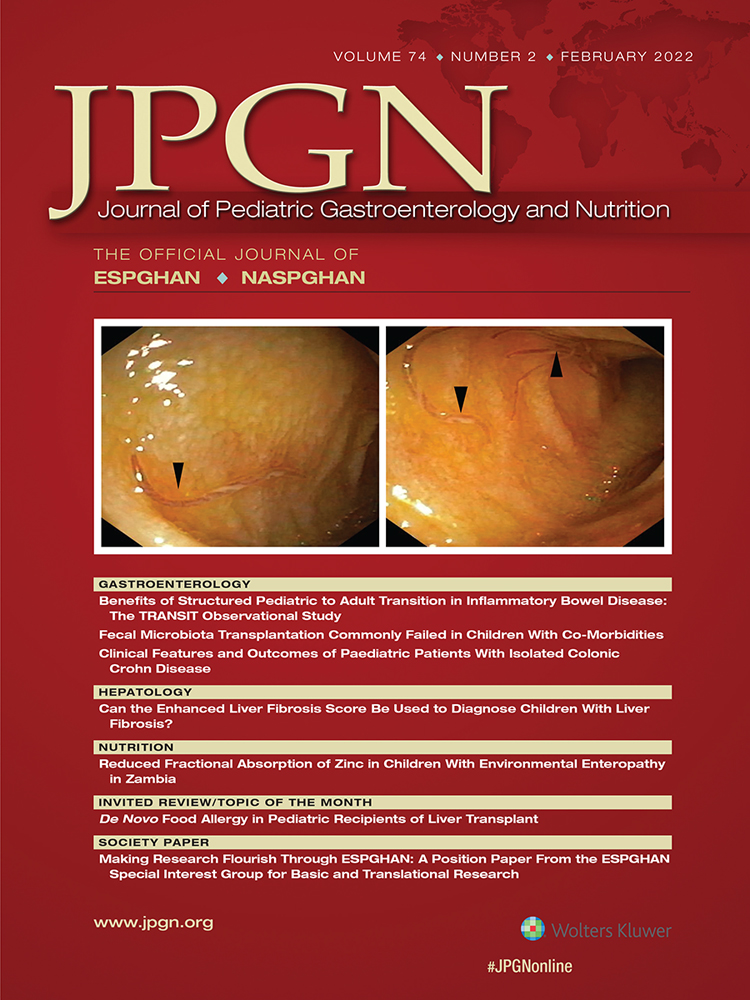Eosinophil-Derived Neurotoxin Predicts Response to Proton-Pump Inhibitor Treatment in Pediatric Eosinophilic Esophagitis
Sources of Funding: No funding was obtained for this study; however, the Gastrointestinal Translational Laboratory, Orlando Health Arnold Palmer Hospital for Children, Orlando, Florida, provided support for processing and interpreting esophageal EDN samples.
The authors report no conflicts of interest.
ABSTRACT
Objectives:
There are no tests or patient factors to help predict the best treatment approach for a patient with eosinophilic esophagitis (EoE). The prevalence of proton-pump inhibitor (PPI) responsive EoE in children ranges from 30% to 71% with multiple studies showing similar characteristics in responders and nonresponders. Eosinophil-derived neurotoxin (EDN), an eosinophilic granule protein, measured in esophageal brushing has been shown to be a viable measure of disease activity in EoE. Our aim is to determine if EDN can help predict response to PPI in pediatric patients with EoE.
Methods:
We conducted a prospective cross-sectional study to compare EDN between PPI-responsive and PPI-nonresponsive EoE subjects from 2018 through 2020. Enrolled patients with active EoE were treated with high-dose PPI and underwent repeat endoscopy to determine PPI-responsiveness. EDN was measured at baseline endoscopy, before any treatment, and at follow up endoscopy, after PPI therapy. Subjects were divided into PPI-responsive and nonresponsive groups. EDN, endoscopic reference score (EREFS), and peak eosinophilic count (PEC) were compared.
Results:
Fifteen out of the 36 enrolled subjects with EoE (age range 2–18 years, 73.3% male) were PPI-responsive and 21 (age range 2–19 years, 95.2% male) were PPI-nonresponsive. EDN concentration was significantly higher in the PPI-nonresponsive group than in the PPI-responsive group (219.1 ± 229 mcg/mL vs 75.7 ± 60 mcg/mL, respectively, P = 0.036). There was no difference between the two groups in EREFS (P = 0.55) or PEC (P = 0.15).
Conclusions:
EDN measured in esophageal epithelial samples obtained by brushing during endoscopy may predict PPI-responsiveness in children and young adults with EoE.




